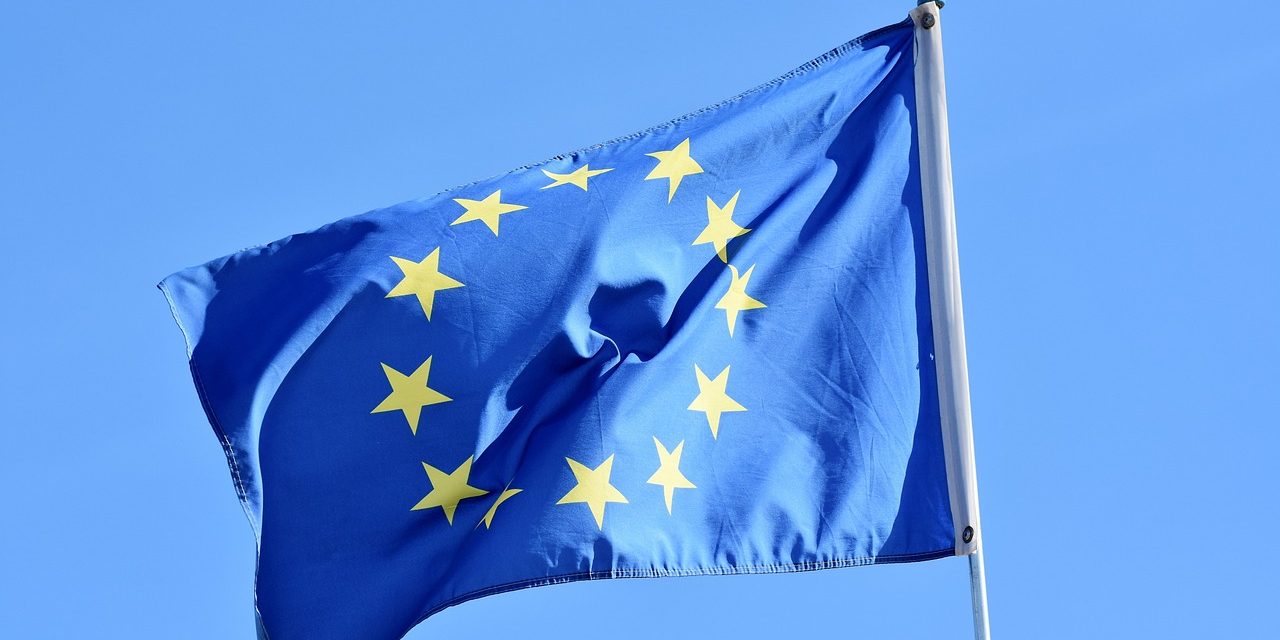Christine Lagarde is a prominent figure representing leadership and modernization in the financial sector.
Early Career
Christine Lagarde began her career in corporate law. She later became a partner at one of the world’s largest law firms, Baker McKenzie. She then moved into politics, leading France’s Ministry of Economy and Finance. Throughout her career, she has had to navigate crises and establish herself in a predominantly male-dominated environment.
A Leadership Role Embraced
She served as the head of the International Monetary Fund (IMF) from 2011 to 2019, a period marked by the European debt crisis. Her experience allowed her to handle this challenging period effectively, helping stabilize fragile economies such as Greece, Portugal, and Ireland. The difficulties she overcame ultimately paved the way for her to join the European Central Bank (ECB).
First Woman at the ECB
In 2019, Christine Lagarde became the president of the European Central Bank (ECB), a major institution in the global economy. During her tenure, she has had to make critical decisions, particularly during the COVID-19 crisis. She is a strong advocate for issues related to innovation, sustainability, and the modernization of the monetary system—topics that remain highly relevant today.
Why is her story inspiring?
- Her long-term vision: Christine Lagarde has successfully evolved and transformed the banking and financial sectors despite significant challenges.
- Her ability to lead in times of crisis: Her career serves as an example for banks looking for employees capable of handling stress and uncertainty.
- Diversity and inclusion: She demonstrates that women can hold top leadership positions in the banking sector. Today, financial institutions increasingly prioritize gender equality.
- Innovation and modernization: Her role as ECB president highlights that finance is a rapidly evolving field, requiring professionals who can adapt to change.








